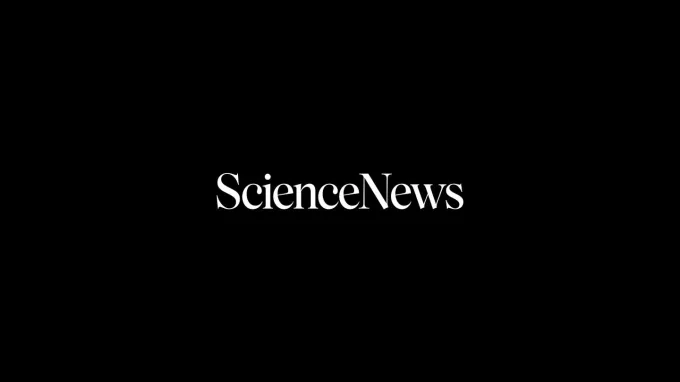Science News Magazine: Current Issue
Vol. 174 No. #7
Trustworthy journalism comes at a price.
Scientists and journalists share a core belief in questioning, observing and verifying to reach the truth. Science News reports on crucial research and discovery across science disciplines. We need your financial support to make it happen – every contribution makes a difference.
More Stories from the September 27, 2008 issue
-
 Psychology
PsychologyWorld of hurt
Treatments shown to diminish psychological problems in traumatized youngsters often don’t get used, an exhaustive research review concludes.
By Bruce Bower -
 Health & Medicine
Health & MedicineAmniotic sac not so sacrosanct
Infections found in amniotic fluid may be more common than thought and may cause premature birth.
-
 Health & Medicine
Health & MedicineEye protection
A variant form of a gene called TLR3 offers some protection against the eye disease known as dry macular degeneration.
By Nathan Seppa -
 Humans
HumansHoney of a discovery
Investigators have discovered the remains of 3,000-year-old beehives in Israel, offering a glimpse of the oldest known beekeeping operation.
By Bruce Bower -
 Space
SpaceCosmic heavyweight
Astronomers discover the heftiest, most distant galaxy cluster, suggesting evidence for dark energy’s existence.
-
 Neuroscience
NeuroscienceNew insights on new neurons
Neurogenesis works differently in two parts of the brain. New neurons are necessary for making memories and keep the olfactory bulb’s structure but aren’t needed for smelling, study in mice shows.
-
 Life
LifeGene linked to commitment-phobia
A common gene variation in men is linked to marital crises and less bonding in a study of more than 500 long-term couples.
By Laura Beil -
 Physics
PhysicsElectrons as math whizzes
A new paper suggests the possibility that the behavior of electrons in quantum systems could verify Riemann’s famous conjecture about prime numbers.
-
 Health & Medicine
Health & MedicineCalcium clue
Excess calcium in the blood might signal an increased risk of fatal prostate cancer, a new study finds.
By Nathan Seppa -
 Space
SpaceMilky Way’s black hole seen in new detail
New radio wave observations are giving astronomers their closest look yet at the supermassive black hole believed to be lurking at the center of our galaxy.
By Ron Cowen -
 Humans
HumansInfants have social sightlines
One-year olds can translate personal experience into knowledge about others
By Bruce Bower -
 Life
LifeGene regulation makes the human
The regulation of genes, rather than genes alone, may have been crucial to primate evolution.
-
 Space
SpacePAMELA may have spotted the dark stuff
An orbiting observatory may have discovered particles of dark matter -- the proposed, invisible material that researchers believe holds the universe together.
By Ron Cowen -
 Physics
PhysicsThe proton’s strange new cousin
Physicists have discovered a new particle made of three quarks, including two strange quarks. Its existence further validates the standard model of particle physics.
-
 Humans
HumansInborn path to math
A new study links math achievement with individual differences in the ability to rapidly estimate quantities.
By Bruce Bower -
 Life
LifeSting Operation
Scientists use bees and wasps to sniff out the illicit and the dangerous.
By Susan Gaidos -
 Neuroscience
NeuroscienceBreaking the Barrier
A technique combining ultrasound pulses with microbubbles may help scientists move therapeutic drugs across the brain’s protective divide.
By Tia Ghose -

